Meteor Shower Of 2009 On December 13th

While a sign of the zodiac may have provided the name for the meteor shower, scientists have recognized the source as something more concrete. "We do know that the origin of the Geminids is a Near-Earth object called 3200 Phaeton," said Yeomans. "It is possibly the remains of a comet that has burned off its ices after eons looping throughout the solar system. Phaeton has a trail of pebble and dust-sized debris that stream out behind it. Once every mid-December, Earth's orbit carries it into this stream of debris."
Since all other meteors showers are due to the sand-sized particles from active comets, it seems sensible to assume that Phaeton is, or at least was, a comet. However, Phaeton has revealed no cometary activity, so it is classified as an asteroid the only asteroid to have an associated meteor shower.
"It is important to note that the orbits of Earth and Phaethon itself will not overlap," added Yeomans. "There is no chance the two will meet. But the result of our planet flying through its debris field is an occasion for science and the chance to see Mother Nature at her best."
This year the peak of the Geminids is predictable at the night of December 13/14 (9:10 pm PST/12:10 am EST/05:10 UT), coinciding with a nearly perfect new moon. Many tens of meteors per hour will be visible in the few nights surrounding those dates.
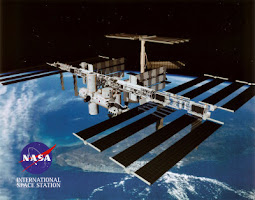
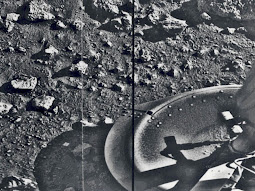
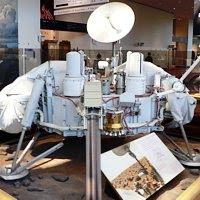


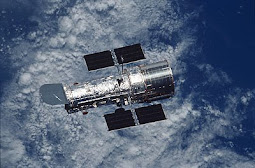
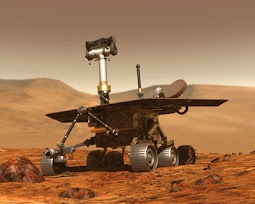
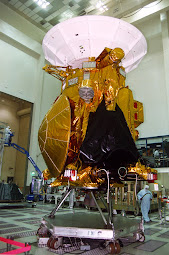

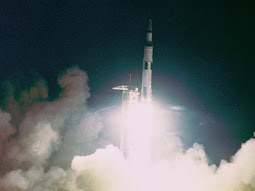
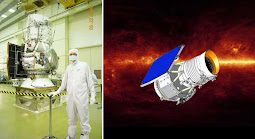
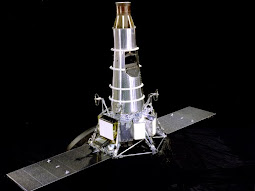
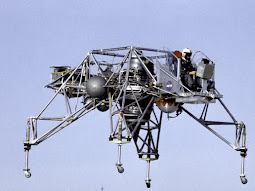

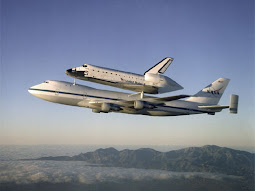

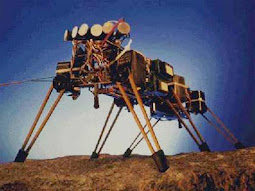
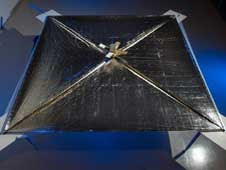
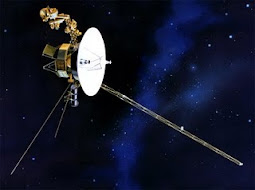
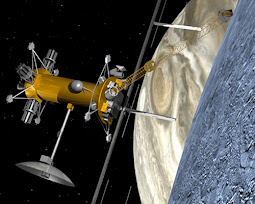
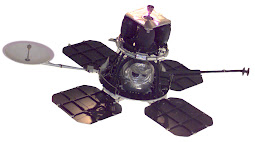
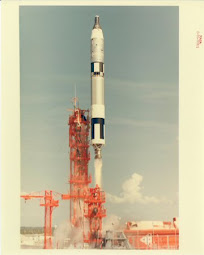
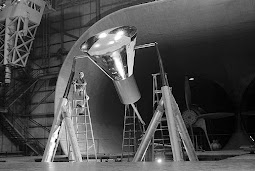
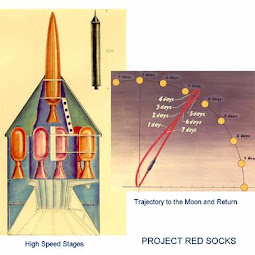
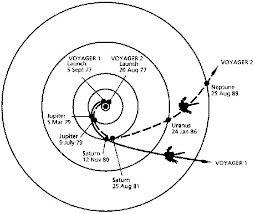

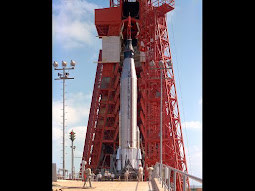
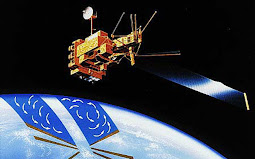
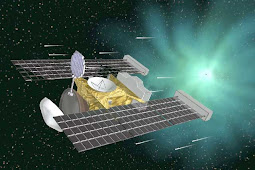
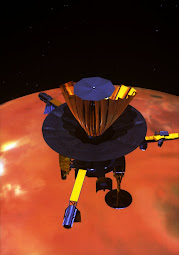
0 comments:
Post a Comment